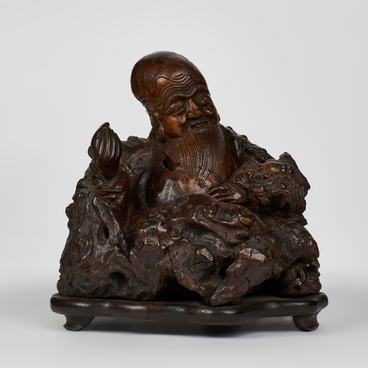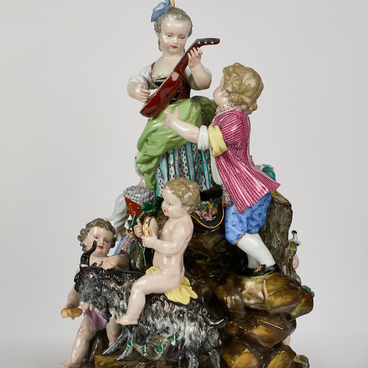A beer stein (humpen) is a traditional beer mug. Such mugs appeared in the 16th century in German-speaking areas. A distinctive feature of the German beer mug is its cylindrical or conical, sometimes slightly convex body, mostly with a handle, often with a hinged lid with a thumb rest and a stepped base.
Mugs were made of glass or ceramic materials. Some were made of silver, tin, porcelain, ivory and other materials. Beer steins were often decorated with relief or painting.
Until the beginning of the 17th century, the most popular motifs for painting such antiquities were images that called for the unification of the German lands. These humpens were decorated with a double-headed eagle, a symbol of imperial power, which featured the coats of arms of numerous German free cities, principalities and various independent lands. Such humpens were usually made by Bohemian craftsmen.
Sometimes steins had a capacity of to five liters. The large, tall humpens were almost impossible to hold and lift with one hand. At social gatherings, these mugs were passed around.
Almost all humpens were decorated with coats of arms, mythological scenes and allegorical figures. In addition, there were so-called “special” mugs decorated with double coats of arms. They were a symbol of the unity of two families and were intended for wedding celebrations.
In the 17th century, genre scenes depicting religious subjects, friendly meetings, families and views of cities became more common in the décor of steins. This is exemplified by the mug from the Collection of Foreign Art. The elaborate enameled stein from the collection of Otto Yakovlevich Wiblinger is dated, which is characteristic of real humpens. Moreover, the name of the glassblower is also known — it was Elias Zohe.
The scene “Christ and the Samaritan Woman” is depicted on the mug with enamel paints and complemented with floral motifs. There is also an inscription on its body that reads,





